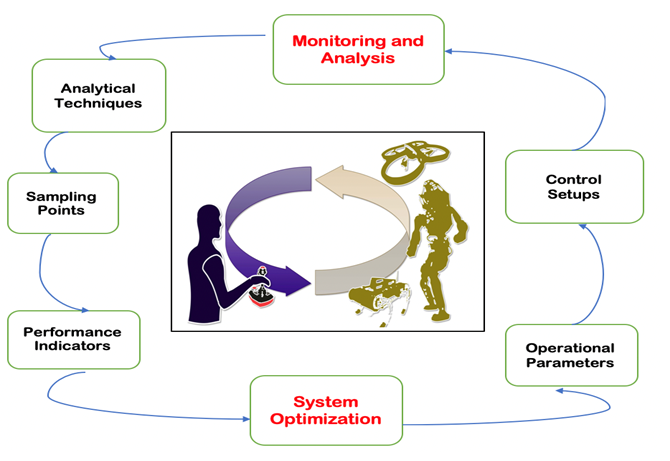
This research assessed the performance of combining Sequential Batch Reactor (SBR) and phycoremediation method used for tanning effluent. The SBR system obtained high removal efficiencies with Chemical Oxygen Demand (COD) is reduced by 85%, Biological Oxygen Demand (BOD) is reduced by 80% as well as ammonia by more than 75%. Chromium and lead were dropped by 65% and 60% correspondingly after treatment. Following SBR process, inclusion of Chlorella vulgaris in the phycoremediation stage further improves the removal of pollutants achieving 95% COD and 92% BOD reductions. Heavy metal removal was enhanced with chromium and lead by reducing 85% each. Kinetic analysis indicated that ammonia and COD removal followed first-order kinetics with high model fit (R2=0.93 for COD; R2=0.91 for ammonia). Heavy metal removal using Chlorella vulgaris also conformed to first-order kinetics. A temporary increase in ammonia levels was observed due to nitrification inhibition during periods of high organic loads in the wastewater discharged from tanneries into rivers or lakes without treatment facilities such as oxidation ditches or stabilization ponds used in some cases. Finally, it can be concluded that an integrated SBR phycoremediation process shows very good potentialities with respect to good performances in treating wastewater efficiently.
Total file downloads: 30